Best 4K camera 2018: 10 top cameras to shoot movies with
2018 has welcomed a barrage of new cameras equipped with advanced 4K video recording, and now almost every major camera manufacturer has implemented 4K shooting somewhere in their lines. Some more successfully than others it has to be said.
Perhaps most impressively though, the technology has been successfully stretched over models of all billings. So, whether you’ve only got a few hundred pounds or dollars to spend or you're willing to stretch to a handsome four-figure sum, it’s likely you can afford a camera with 4K technology on board.
Just because two cameras have 4K recording, however, doesn't mean to say they're equal. The use of different sensors and different methods of capture, together with variations in output possibilities, mean two 4K cameras can behave quite differently.
Even something as simple as whether the camera uses the full width of the sensor or applies a crop factor is vital to consider, as this has a significant effect on your effective angle of view. And all of the above is before we even consider supporting features such as headphone sockets, focus peaking, zebra patterning and Log profiles.
To make things simple, we’ve rounded up what we think are the fittest 4K cameras on the market right now, and sum up why they've made the cut.

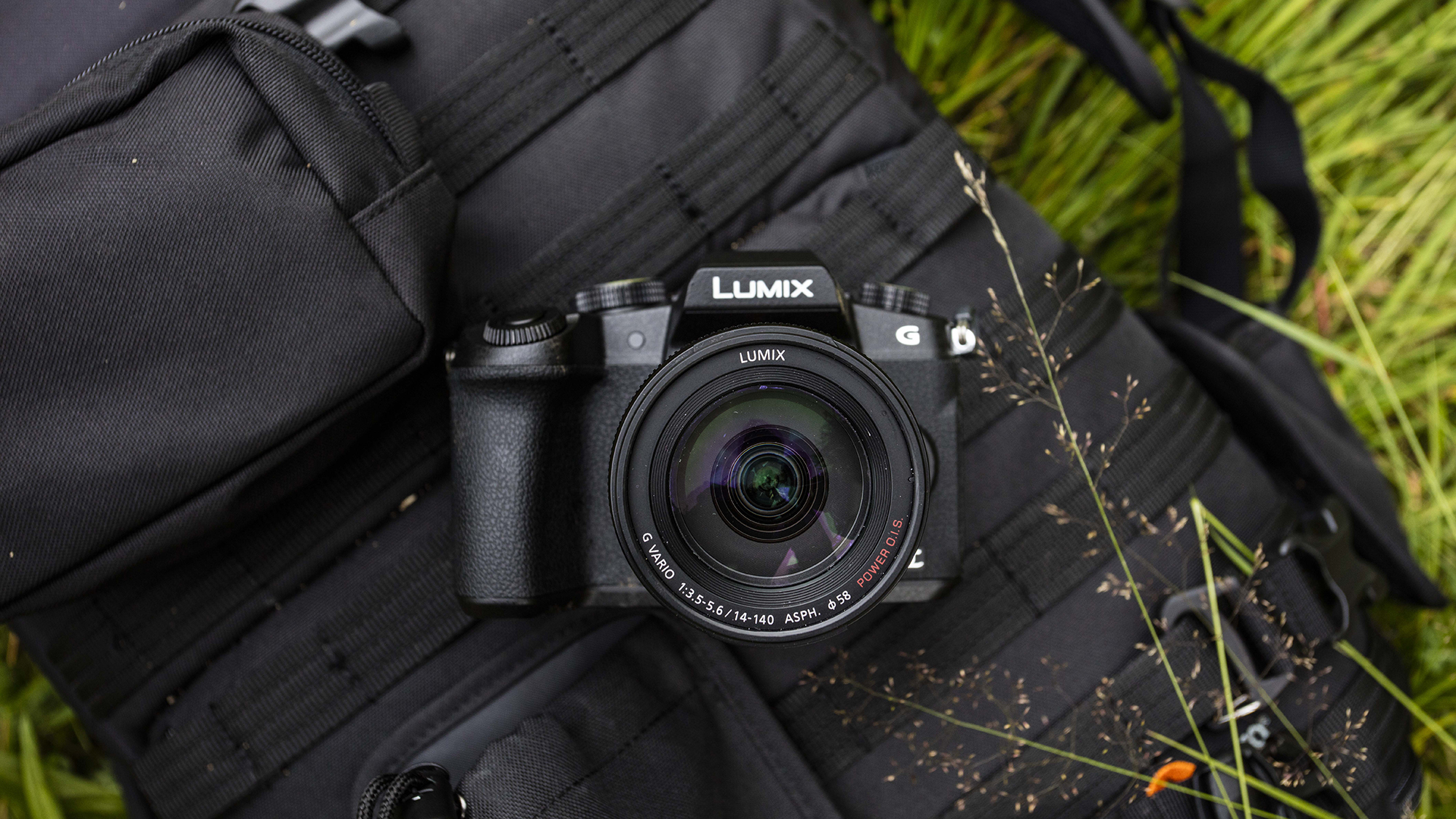
Before we look at our round-up of the best 4K cameras, we wanted to highlight a slightly more affordable alternative. It might not be dripping with features, but Panasonic's Lumix G80 (known as the Lumix G85 in the US) is still a very capable and cost-effective option for those looking for a budget 4K camera. There's 4K video capture up to 30p (with a bit rate up to 100Mbps) and a dedicated microphone socket. Focusing is fast, while the vari-angle touchscreen should make framing footage nice and easy. The G80/G85 is also weather-sealed to protect it from the elements.
- Read our in-depth Panasonic Lumix G80 / G85 review

Best 4K cameras in 2018
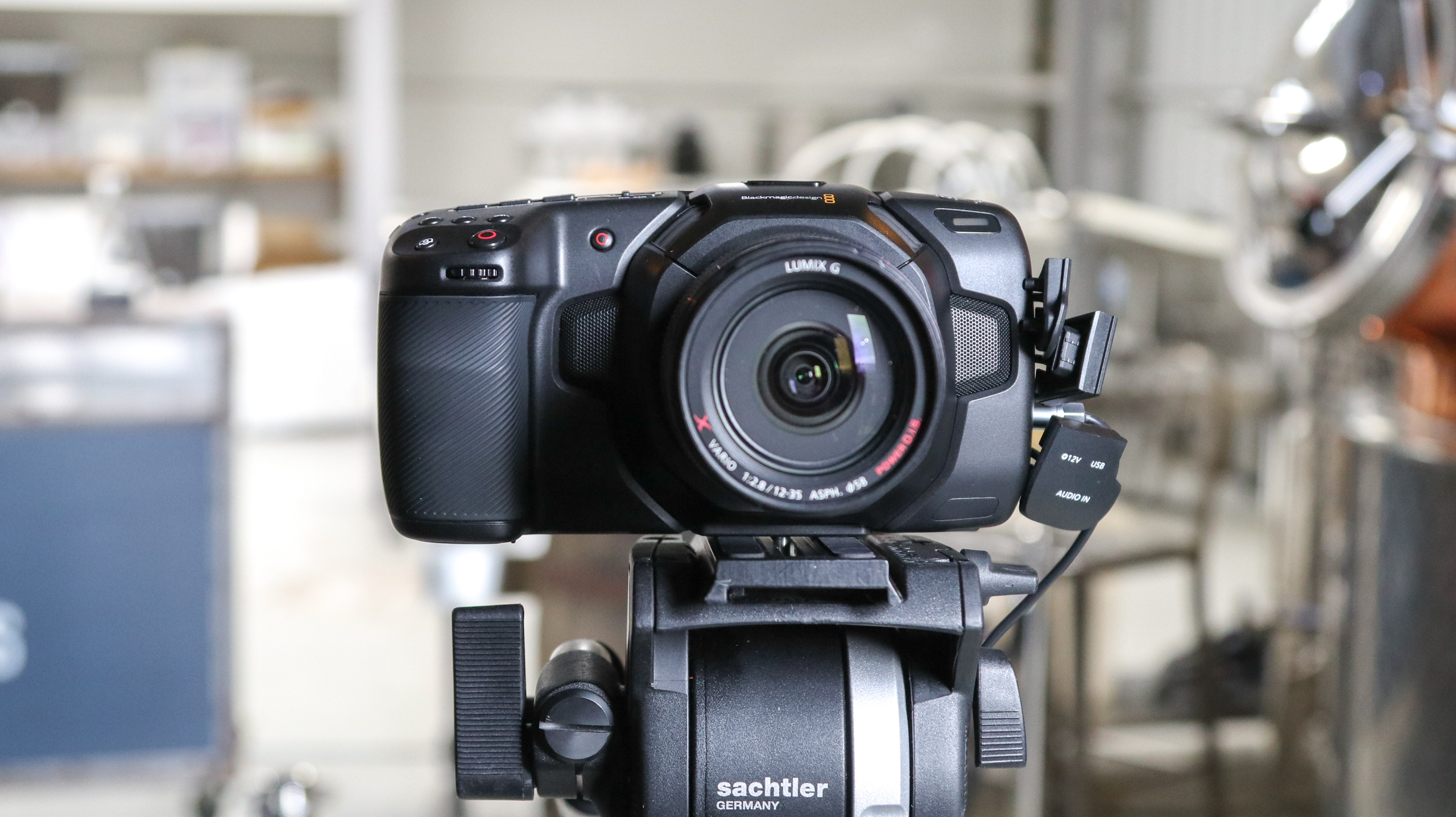
If you want the best camera to shoot 4K videos, then this is it. Blackmagic's Pocket Cinema Camera 4K is designed for film makers through and through and is not something to consider if you're looking to shoot stills as well. Based around a Micro Four Thirds sensor and lens mount, it features a huge 5.0-inch touchscreen, it head and shoulders above other MFT shooters from a video-centric operational point of view. The range of connections on-board is also class-leading, and the fact there’s a dual card slot trumps much pricier cameras like the EOS R. That's not forgetting decent on-board audio recording capabilities and of course, the sweetener to the tune of $299 worth of software - a license for DaVinci Resolve Studio, it really is a gift that keeps on giving. Finally, and most importantly, the fundamental quality of its 4K video takes on much pricier cameras and, when you know how to work it, handles noise better than some full frame sensors too, thanks to its the dual native ISOs.
- Read our in-depth Blackmagic Pocket Cinema Camera 4K review

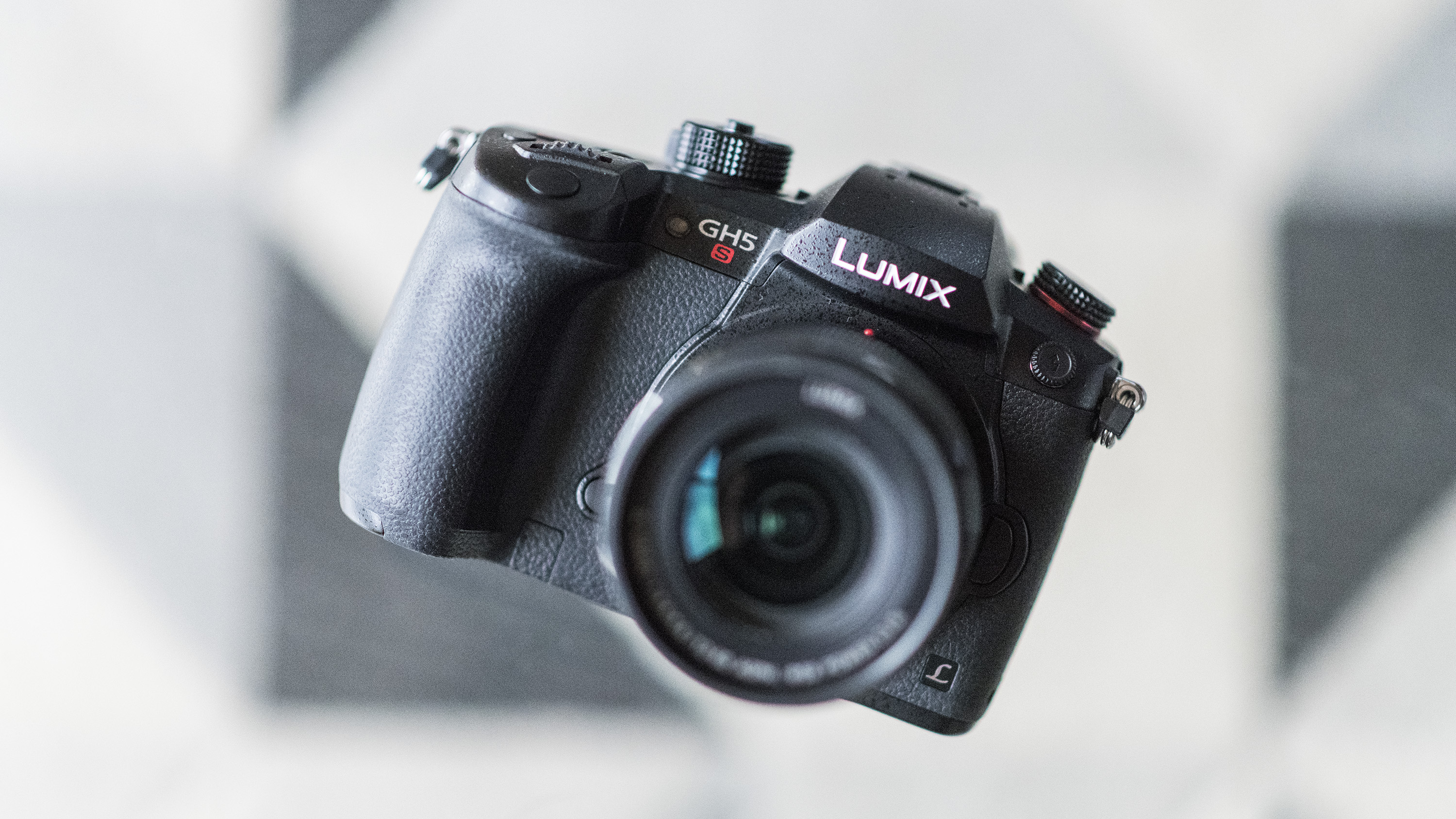
While it can shoot stills quite happily (although at a pretty limited 10.2MP resolution), this should be seen first and foremost as a video camera – if you want to do both you've got the Lumix GH5 (below) to fill that brief. While the absence of built-in image stabilization might be a disappointment for some, that issue aside the breadth of video features is incredibly impressive. If you want to shoot professional-quality footage without remortgaging your house to buy a pro video camera, you won't find a better video-focused camera right now.
- Read our in-depth Panasonic Lumix GH5S review

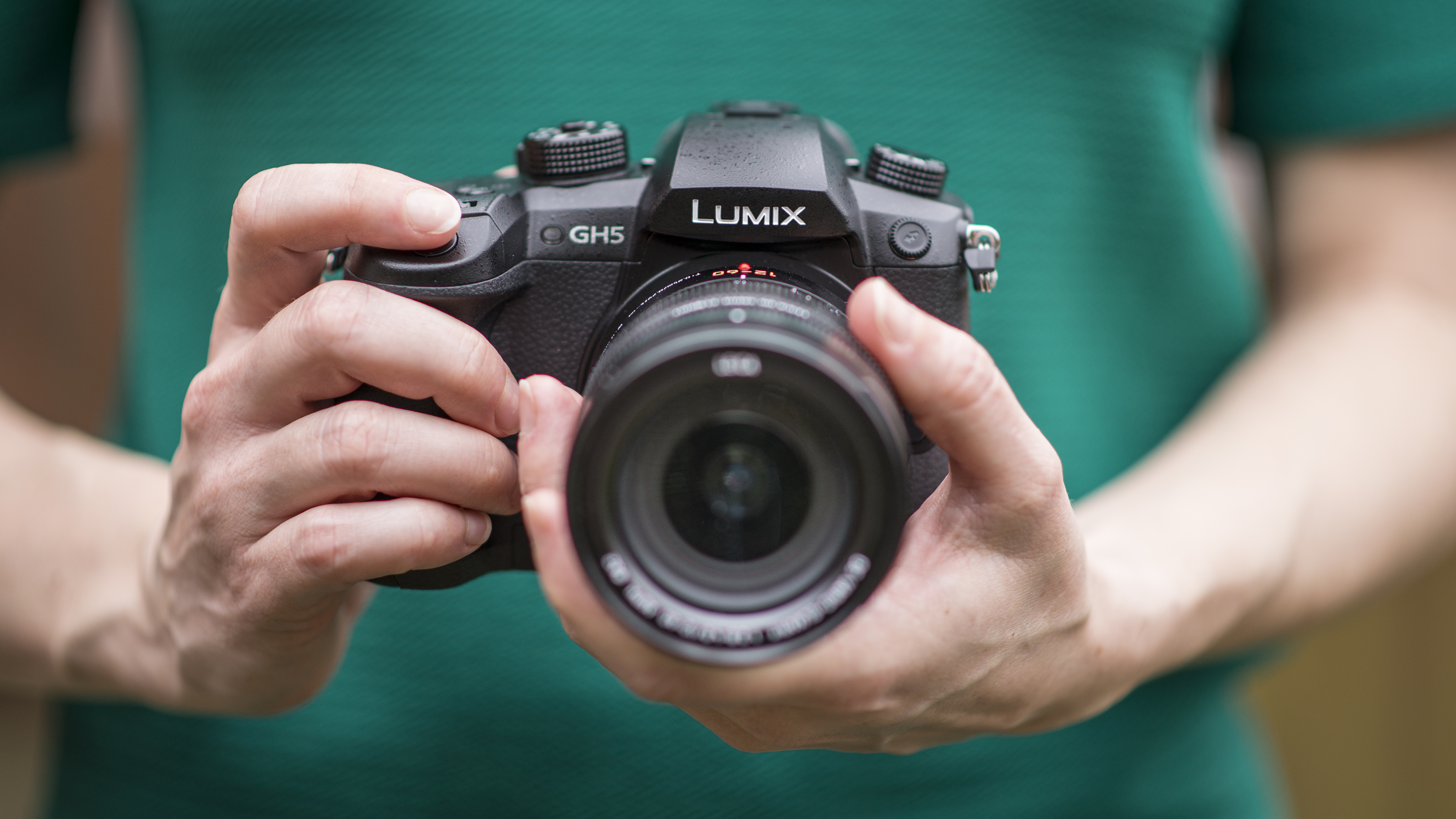
Until the arrival of the Lumix GH5S, the GH5 was the pick of the bunch for those looking to shoot video. Quite a bit cheaper than the newer GH5S, the GH5 is a bit more versatile for those wanting to shoot both stills and video, and the video specification is still very impressive, allowing you to shoot Cinema 4K (4096 x 2160) at 60p with a bit rate of 150Mbps, while Full HD video can be captured up to 180fps. That's not all, as the GH5 offers color subsampling at 4:2:2 and a color depth of 10-bit, delivering greater color information and richer graduations. The GH5 also offers live output to external recorders such as Apple ProRes via HDMI, as well as simultaneous internal recording.
- Read our in-depth Panasonic Lumix GH5 review


At the time of the A7S II's review we said it was the best video-shooting stills camera available, and while much has changed in the market we still reckon it’s a compelling option for the videographer. One of its major selling points at launch – internal recording of 4K footage – has since been matched by many others, but it’s the modest pixel count of its sensor that splits it from its rivals. We found its dynamic range to be very high, and consistently better than rivals at higher sensitivities, while noise was also shown to be lower than cameras with more populated chips. It also has the advantage of using the whole sensor width for recording video, and of being able to record to the memory card while outputting 4:2:2 footage to a HDMI recorder, but proves itself to be capable for stills shooting too. Autofocus is generally fast and built-in image stabilisation is a huge bonus, while the body is sturdier than its predecessor’s too. Overall, while it may not be the newest model, its sensor and video specs give it a handful of advantages over its rivals.
- Read our in-depth Sony Alpha A7S II review


The previous APS-C-based Alpha A6300 was a big hit with enthusiast users, and the Alpha A6500 builds on its success in many ways. The camera records 6K footage that’s downsampled to 4K for the benefit of quality, and uses the efficient XAVC S codec that has a rate of 100Mbps. This is joined by Log gamma modes, 120fps HD recording (also at 100Mbps) and enhanced zebra patterning to keep an eye on exposure. You also benefit from a 425-phase-detect-point focusing system for rapid focus and a 2.36-million-dot OLED viewfinder, together with 11fps burst shooting at full resolution, all inside a dust- and moisture-resistant body. That's not to mention the welcome addition of Sony's 5-axis in-body image stabilization system. Now that the price has started to fall it would also be a fine choice as an upgrade over previous APS-C-based Sony models.
- Read our in-depth Sony Alpha A6500 review

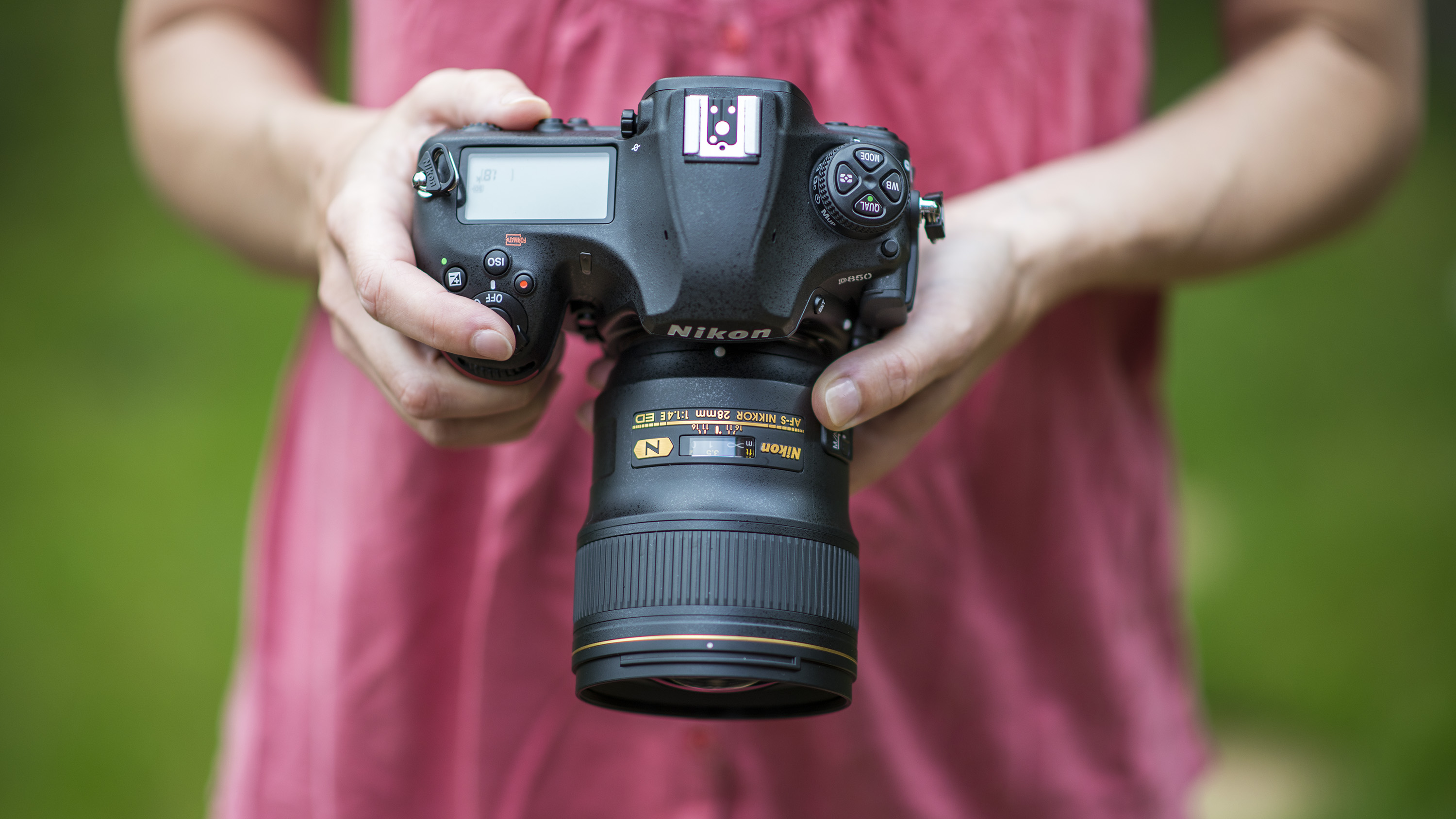
The long-awaited successor to the D810 arrived earlier this year, and Nikon certainly didn't hold back with the specs. With a fresh 45.4MP full-frame sensor, a highly advanced 153-point AF system and 7fps shooting, supported by features such as a tilting touchscreen and whole suite of connectivity options, the the D850 is the most advanced DSLR we've seen. Video-wise, there’s lots to love. The camera is capable of 4K UHD capture at 30p/25p/24p, and that's using all the sensor - no unwanted cropping here, allowing you to take full advantage of your lenses. Other video features include ports for both microphone and headphone sockets, as well as a Flat Picture Profile, zebra patterning and Power Aperture Control. You can also record at 120fps in Full HD quality. A brilliant DSLR that's great at shooting video too.
- Read our in-depth Nikon D850 review


“The best Micro Four Thirds camera yet” was what we concluded from our time testing the Olympus OM-D E-M1 Mark II, and video is one area where Olympus has made significant improvements over previous models. Not only do you get 4K capture in both DCI and UHD flavours, you also get clean output over HDMI at 4:2:2, a headphone port for audio monitoring and the benefits of Olympus’s fast Hybrid AF system, which works in conjunction with the touchscreen for even easier subject selection. Whether you’re shooting stills or videos, you also get one of the most effective image stabilisation systems we’ve yet seen, which will please those who expect to be largely using the camera handheld. Other reasons why the camera walked away with a full five stars include its excellent weather-sealing, lifelike EVF, and the capability to fire at 18fps with continuous AF and AE tracking. Those who want to easily achieve a very shallow depth of field may not prefer the smaller Micro Four Thirds sensor over larger-sensor offerings, but with the right lens and technique you can still isolate subjects from their surroundings on such a camera without bother. In any case, while Panasonic may have had a head start with video, the OM-D E-M1 Mark II certainly sets the bar high for a flagship Micro Four Thirds camera.
- Read our in-depth Olympus OM-D E-M1 Mark II review

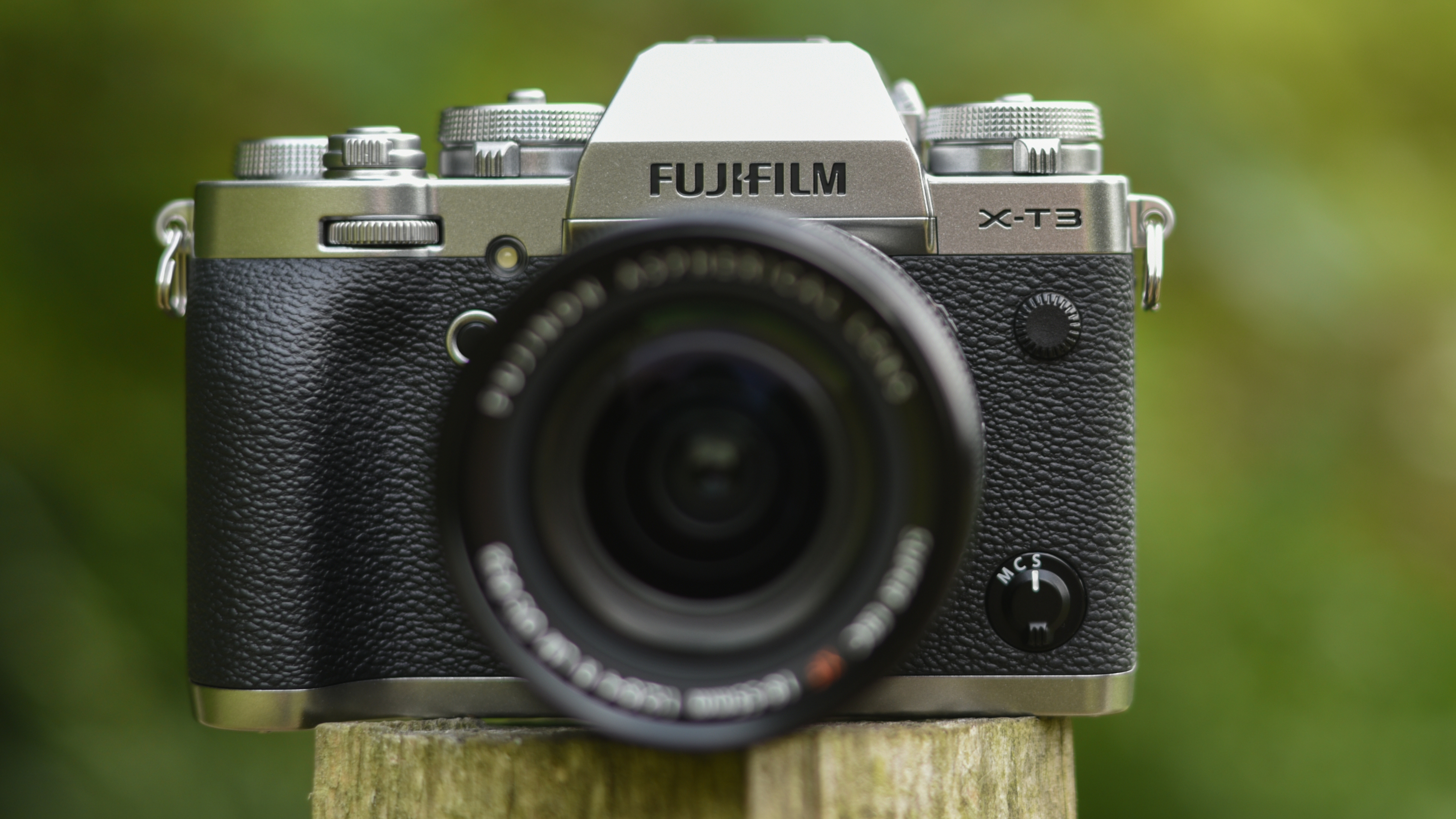
Fujifilm made a lot of effort to revamp many aspects of the X-T2’s spec sheet to craft the X-T3, and improvements in video recording were more significant than is usually the case for such a model. The key changes include the option to capture 10-bit video at 4:2:0 internally, together with a far denser phase-detect AF array that makes for more refined subject tracking. There’s also a forthcoming Hybrid Log Gamma option, on top of the F-Log setting that can be used for internally captured footage provided as standard. The camera also has the bonus of applying no crop when shooting 4K footage at 30p, and only a minor 1.18x crop when boosted to 60p shooting, in either DCI 4K or UHD 4K modes, while both mic and headphone sockets are also now both incorporated into the body too. In our review we found the camera to deliver detailed and natural footage, whether you’re capturing conventionally or using one of the slow-motion options, and this is on top of a stellar performance elsewhere, with great autofocus, lovely image quality from the new sensor and speedy response throughout operation. Another smasher from Fujifilm.
- Read our in-depth Fujifilm X-T3 review


Nikon’s joint first full-frame mirrorless camera is its most serious assault on the video market to date. While the D850 remains an excellent choice for DSLR users looking to capture video alongside their images, the Z7 has a handful of significant advantages for the videographer. Perhaps most crucially, the presence of both sensor-based and electronic VR mean that the camera does great job to keep things stable, whatever the lens you're using, while 435 sensor-based phase-detect AF points that are available during video recording do very well to keep everything focused and transitions nice and smooth. The 10bit N-Log shooting option, which is also absent from the D850, gives you a better starting point for grading footage, and it's great to see 4K footage being recorded using the full width of the sensor too. We’d like to have seen a 4K60p option, and a little rolling shutter remains, but we were otherwise very impressed by the way Nikon has launched it's new system.
- Read our in-depth Nikon Z7 review


If you're looking for a powerful all-in-one camera, then you're not going to go far wrong with Sony's brilliant RX10 IV. With a long and fast 24-600mm f/2.4-4 zoom lens partnered with a stacked 1-inch type 20.2MP sensor and fast 315-point phase-detect AF system, it's an incredibly versatile camera. It doesn't disappoint when it comes to video either, with 4K UHD footage captured with 1.7x more information than actually required without any pixel binning, before being downsampled to 4K for the sake of quality. This happens at a 100Mbps maximum bit rate, and you can boost the camera up to 960fps for slow-motion footage too. All of this is supported by a clean HDMI output, zebra patterning and both microphone and headphone ports. You also get an S-Log2 gamma profile in addition to the Picture Profiles (which you can adjust), and Sony’s Gamma Display Assist mode to help you get a better idea of what graded footage would look like. It’s not cheap, but there's nothing quite like it.
- Read our in-depth Sony Cyber-shot RX10 IV review

- Best camera
- Best DSLR
- Best mirrorless camera
- Best full-frame camera
- Best compact camera
- What camera should I buy?
- Mirrorless vs DSLR: 10 key differences
Contributer : Techradar - All the latest technology news https://ift.tt/2KXOQv8

 Reviewed by mimisabreena
on
Wednesday, December 12, 2018
Rating:
Reviewed by mimisabreena
on
Wednesday, December 12, 2018
Rating:















No comments:
Post a Comment